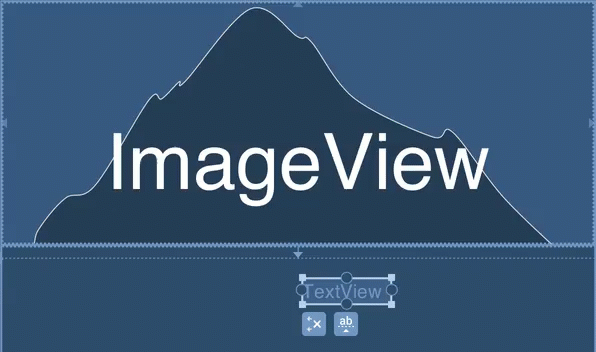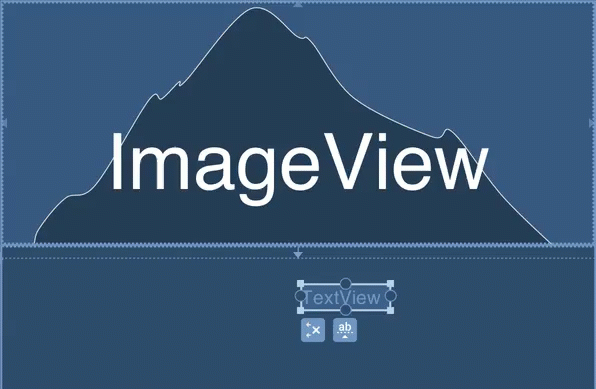Centring
Mark Allison
 v2.4 alpha 7
All of the examples in this article have been created using Android Studio v2.4 alpha 7.
v2.4 alpha 7
All of the examples in this article have been created using Android Studio v2.4 alpha 7.
You may see differences if you are using a different version.
 v1.1+
All of the examples in this article have been created using ConstraintLayout v1.1+.
v1.1+
All of the examples in this article have been created using ConstraintLayout v1.1+.
You may see differences if you are using a different version.
Centring
A common thing that we need to do in layouts is centre an item either within the parent, relative to a sibling view, or even relative to an edge of a sibling view. In this article we’ll look at techniques to achieve all of these.
Centring is usually done on a view which has an intrinsic size defined by android:layout_[width|height]="wrap_content". All of the examples will follow that pattern.
Centring in the parent in the editor
Centring within the parent can be achieved by applying constraints from an edge of the view to the corresponding edge of the parent, and we do this for both constraints in the axis we wish to centre. To centre an item vertically we would constrain the top and bottom edges, and to centre an item horizontally we would constrain the start and end edges. I am using start and end in preference to left and right to be friendly to RTL languages:

In this case we are constraining the start edge of the view to the start edge of the parent; and the end edge of the view to the end edge of the parent.
Centring in the parent in XML
In XML this is pretty much the same, we use app:layout_constraintStart_toStartOf="parent" and app:layout_constraintEnd_toEndOf="parent":
<TextView
android:id="@+id/textView"
android:layout_width="wrap_content"
android:layout_height="wrap_content"
app:layout_constraintTop_toTopOf="parent"
app:layout_constraintBottom_toBottomOf="parent"
app:layout_constraintStart_toStartOf="parent"
app:layout_constraintEnd_toEndOf="parent"/>
Centring to the middle of a sibling in the editor
Centring with relation to a sibling view is much the same as centring to the parent, the only difference is we create the constraints from an edge of the view we wish to centre to the corresponding edge of the sibling view:

Centring to the middle of a sibling in XML
In XML this is, once again, pretty similar. The only difference is that we specify the android:id of a sibling rather than using parent:
<TextView
android:id="@+id/textView"
android:layout_width="wrap_content"
android:layout_height="wrap_content"
app:layout_constraintTop_toTopOf="@+id/imageView"
app:layout_constraintBottom_toBottomOf="@+id/imageView"
app:layout_constraintStart_toStartOf="parent"
app:layout_constraintEnd_toEndOf="parent"/>
Centring to the edge of a sibling in the editor
The final centring trick is one that is very difficult to achieve in other layouts without getting really hacky, and that is centring a view to one edge of a sibling. The material design guidelines give multiple examples of how a FAB should be centred on the edge of a panel, and with ConstraintLayout we have an easy way to achieve this. To vertically centre a view to an edge of a sibling we create constraints from both top and bottom edges of the view we wish to centre to the same edge of the sibling view:

Centring to the edge of a sibling in XML
Once again, this is pretty straightforward in XML, we create constraints app:layout_constraintTop_toBottomOf="@+id/imageView" and app:layout_constraintBottom_toBottomOf="@+id/imageView":
<TextView
android:id="@+id/textView"
android:layout_width="wrap_content"
android:layout_height="wrap_content"
app:layout_constraintTop_toBottomOf="@+id/imageView"
app:layout_constraintBottom_toBottomOf="@+id/imageView"
app:layout_constraintStart_toStartOf="parent"
app:layout_constraintEnd_toEndOf="parent"/>